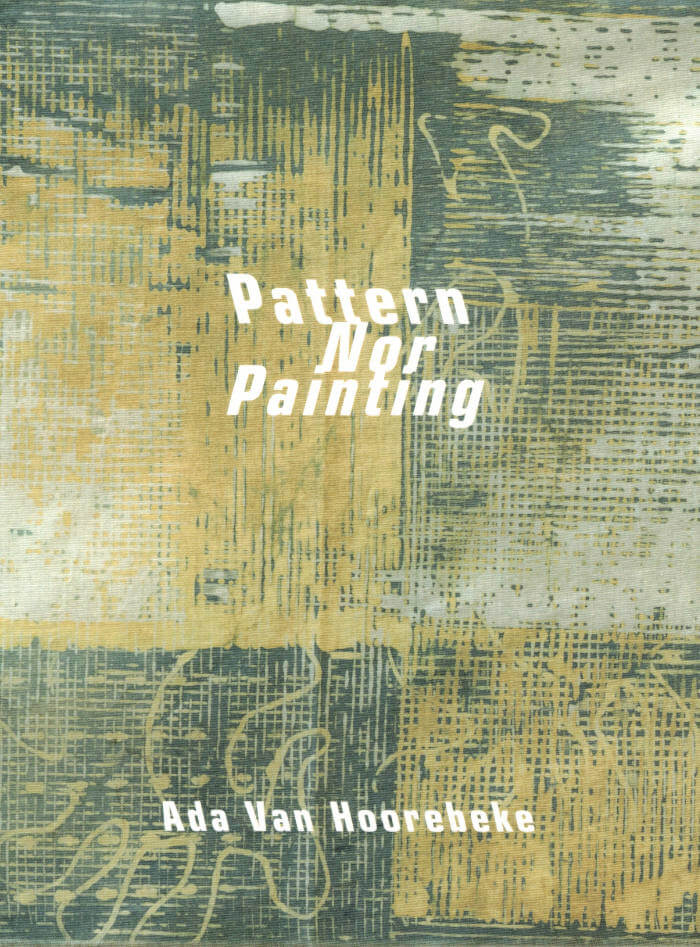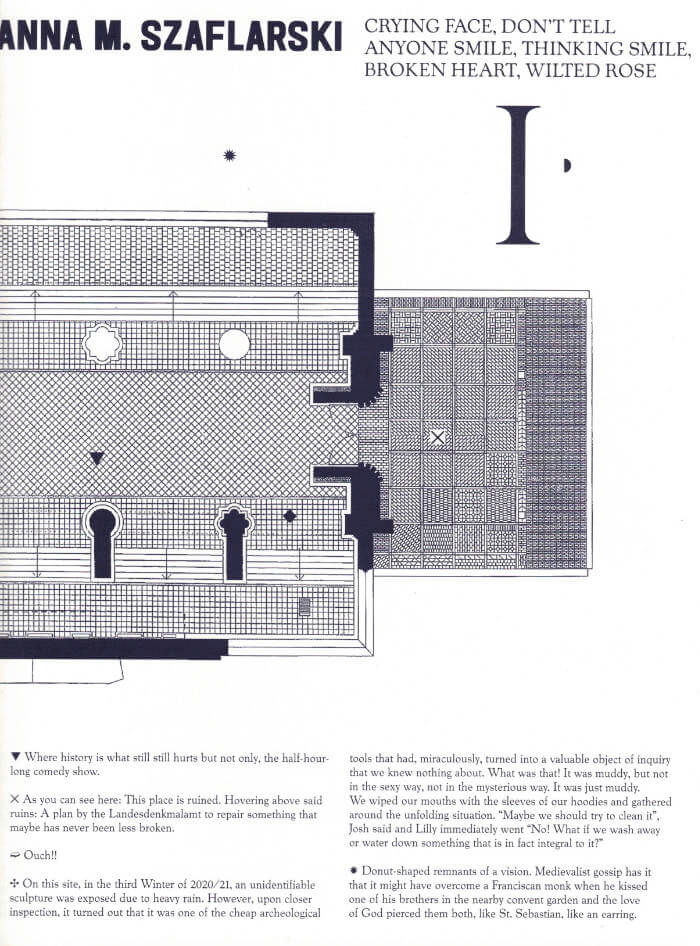
Fórum do Futuro – Vita Nova
Jenna Sutela ed. , Filipa Ramos ed. , Guilherme Blanc ed. , Shumon Basar ed.
A collective book that proposes to question human and non-human existence in the current social context, spanning different cosmogonic views.
The Vita Nova editorial project had its genesis in the Fórum do Futuro: a programme of debates, artist talks, and performances, held annually in the city of Porto, that brings together guests from different artistic and scientific practices to reflect on fundamental issues for contemporary societies. Given the impossibility of holding the 2020 edition, due to the challenges posed by the pandemic, the Fórum do Futuro is instead presenting a book that proposes to question human and non-human existence in the current social context, spanning different cosmogonic views. The book consists of four thematic sections that combine different artistic, scientific, philosophical and technological perspectives in written and visual essays, stories and interviews.
Texts by Sophia Al-Maria, K Allado-McDowell, Shumon Basar, Guilherme Blanc, Rosi Braidotti, Octavia Butler, Ted Chiang, GPT-3, Alexis Pauline Gumbs, Kirsten Keller, Filipa Ramos, Tabita Rezaire, Jenna Sutela, Denise Ferreira da Silva, Suzanne Treister, Aby Warburg, Chandra Wickramasinghe, Feifei Zhou.







